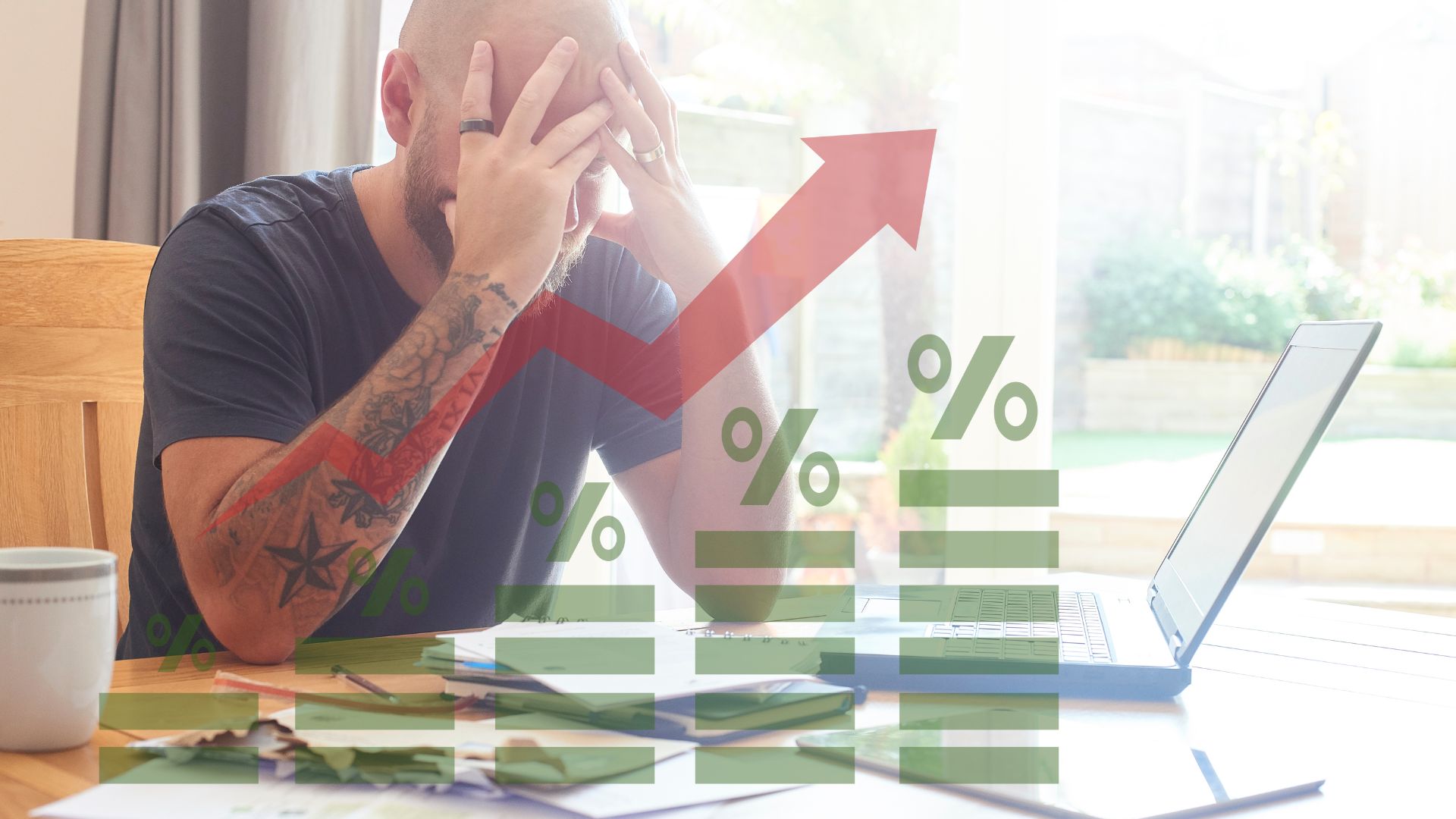State-Backed Citizens Insurance Plans to Raise Rates
Residents across Florida are bracing for another surge in property insurance costs as Citizens Property Insurance, the state’s insurer of last resort, inches closer to finalizing a 14% rate increase for 2025. This proposal, already approved by Citizens’ board, seeks to align rates with the private market while continuing efforts to reduce the insurer’s policyholder count. But as Floridians juggle rising premiums and limited options, the bigger question remains—what’s the way forward?
Why Are Florida Insurance Rates Rising?
Florida’s property insurance market faces a storm of challenges, both literal and figurative. Hurricanes Ian and Helene left billions in damage in their wakes, straining insurers and highlighting the vulnerabilities in Florida’s insurance landscape. Citizens CEO Tim Cerio points to mandates requiring the state-backed insurer to remain actuarially sound and avoid undercutting private insurers.
“We’re not raising rates because we want to,” Cerio explained. “We’re required to price policies in a way that doesn’t compete with private carriers, and that means facing tough decisions.”
Private insurers are also grappling with rising global reinsurance costs and a historically high number of claims. While reforms have reduced litigation and fraud, the private market remains fragile—many companies are reluctant to step in or charge premiums significantly higher than what Citizens offers.
Citizens’ proposed 14% increase is part of a broader depopulation strategy, which involves moving policies to private insurers to balance the market. Since last year, more than 400,000 policies have shifted to private companies. However, critics argue that pushing policyholders into more expensive coverage creates further challenges, especially for middle- and low-income Floridians.
What This Means for Florida Homeowners
For many Floridians, the rate increase feels like adding insult to injury. Homeowners already juggling sky-high living costs are now evaluating how to manage rising premiums—or find alternative options in an extremely tight market.
Take Mike McKee, a homeowner recently transitioned from Citizens to a private carrier. “They dumped me into a company I’d never heard of, and my new rate is up 40%,” he said. “It’s unsustainable.”
Homeowners are also finding themselves in a bind due to the nature of Citizens’ depopulation program. State law obligates policyholders to accept private insurance if the premium is within 20% of their Citizens policy. While intended to encourage more participation in the private market, this system has left some with limited choices.
For example, in March, Slide Insurance Co., American Integrity Insurance, and Trident Reciprocal Exchange are set to take on over 160,000 Citizens policies. While these moves are a step toward stabilizing the private sector, the transition often leads to a significant cost increase for homeowners.
“We’re seeing a healthier market,” said insurance expert Mark Friedlander. “Depopulation is working, private carriers have increased policy counts, and fraudulent lawsuits have dropped by half over the last year. But for many Floridians, these improvements haven’t translated into relief yet.”
Challenges Amplified by Hurricanes
Florida’s position as a hurricane magnet complicates matters further. The damage caused by storms, coupled with rising rebuilding costs, creates unique risks for insurers. Margaret Bowles, a homeowner whose rental property sustained water damage during Hurricane Helene, empathized with the struggles insurers face. However, she voiced frustration with the timing of the rate hikes.
“I get it—they have to make a profit. But these increases force me to pass costs onto my tenants, and we’re all just trying to recover,” Bowles said.
Concerns over affordability also extend to condo owners, who are already struggling to comply with stricter safety regulations following the Surfside building collapse. These new costs, combined with increased premiums, have left many residents struggling to plan for the future.
Is There a Silver Lining?
Despite significant hurdles, experts see glimmers of hope on the horizon. Anti-fraud measures and state-wide reforms have reduced some pressure on insurers, while more companies are cautiously re-entering the market. Construction updates and investments in safer building infrastructure could also help curb risks in the longer term.
Citizens’ leadership remains optimistic about the broader impact of these changes. “The market is showing signs of stabilization,” noted Cerio, emphasizing that Citizens signed 30% fewer new policies this year compared to expectations.
However, stabilization doesn’t mean immediate relief for residents. With hurricane seasons growing more intense and private insurers regaining momentum, adapting to the current landscape calls for resilience, careful planning, and policy adjustments.
Moving Forward
Florida’s property insurance crisis reflects the state’s ongoing struggle to balance affordability with sustainability. While rate hikes are challenging, they aim to prepare insurers for extreme weather events and ensure long-term viability.
For homeowners, adjusting to these changes may mean shopping around, exploring mitigation options like updated roofing or storm-proofing, or discussing alternative strategies with insurers.
Ultimately, finding common ground will require collective effort—insurers, policymakers, and residents working together to build a more resilient and equitable market. The road may not be easy, but progress appears to be underway, however gradual.


